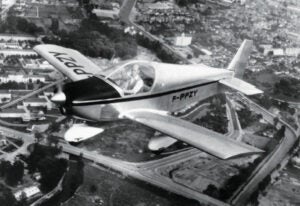
I confess that I didn’t know Chris Heintz well. We had met a few times and spoken at airshows, but by the time I was deeply involved in Experimental aviation, his sons had taken over various facets of the company business and they were, for me, the face of the enterprise. Even then, the elder Heintz cast a very long shadow, and it’s not difficult to see how his design ethos, already quite evident in his first design, the CH 200 of the 1970s, continues through Zenith Aircraft’s current product offerings. When Chris Heintz passed away at the end of March, he left behind a legacy of innovative, functional design and successful kit-company strategies that relied on keeping the designs simple and costs low.
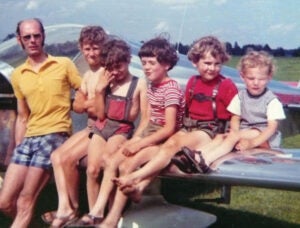
I knew he was an aeronautical engineer by training and I had a vague recollection that he’d worked for some prominent companies, but I was a little surprised to learn that right out of college he joined Aerospatiale and worked on the Concorde project. I don’t think it matters if he was toiling at the drafting table designing brackets for food-service carts or refining the inlet shape of the bodacious Olympus turbojets, but to have been even a small part of the Concorde program must have been a rush as a young engineer. (Another tidbit from his biography released shortly after his death: He helped put himself through school as a magician, including “daring sword-swallowing feats as well as fire-eating routines!”)
Chris’ next step was to join Avions Pierre Robin and pen the HR100 and HR200 low-wing aircraft. In these certified, production-line aircraft you can see elements of his design preferences begin to emerge—their simplicity, a flat-bottomed fuselage (that’s easy to build), stabilator tail (popular for the potential of less weight than a conventional stabilizer/elevator combo) and plucky dimensions all foresaw his homebuilt designs.
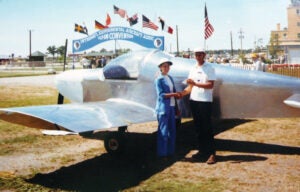
The CH 200 was designed in his spare time at Robin and brought with him to Canada after he saw Europe’s restrictions on GA increase and flying become too expensive. Chris worked for De Havilland Canada on the Dash-7 project and continued to refine his homebuilt design. The company we know as Zenith Aircraft (the name is an anagram of Heintz) was renamed Zenair during incorporation in 1974 because the clerk felt that “Zenith” was too widely used.
In time, Chris and his fledgling company would wow the Oshkosh crowd by building a “one-week wonder,” the Zenair design of the time assembled in roughly eight days. In case you think this is a new idea, he did it the first time in 1974. It was an effective way of demonstrating how a simple design, kept simple in the assembly, can come together quickly. The rest, as they say, is history—Chris was involved with core designs that spawned more than 20 variants.
Rather than cobble together my own wrapup of Chris’ achievements, I’ll let his company, in the voice of his sons, sum up his life’s work: “Aeronautical engineer Chris Heintz was a life-long advocate for the advancement and promotion of recreational flying, to make flying accessible to those who had the dream and desire to pursue flight. Through his light aircraft designs and the company that manufactures them, Heintz has had a huge impact on the sport aviation industry.”
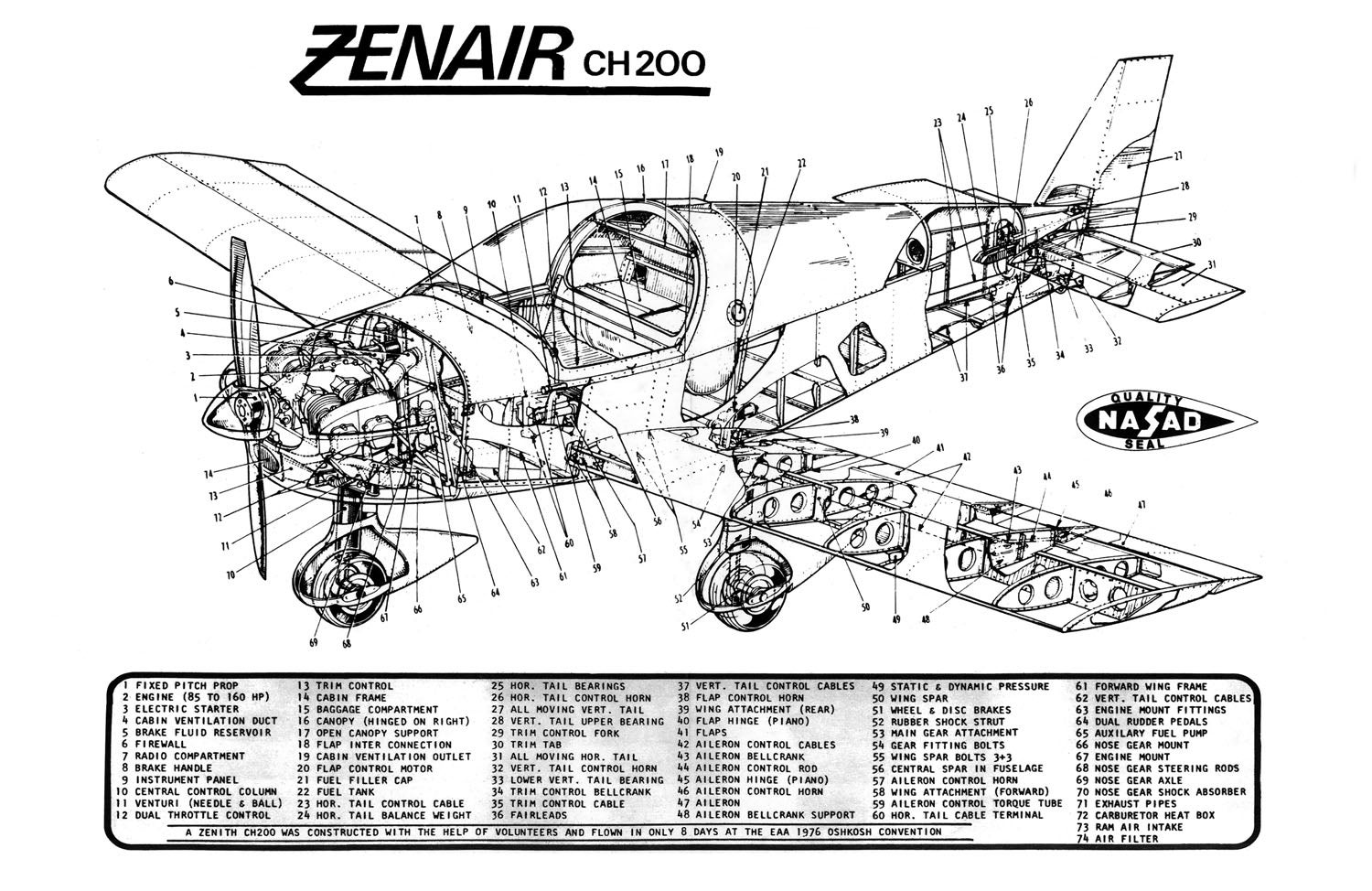


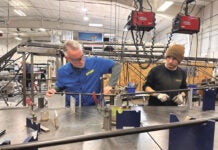
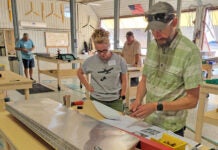








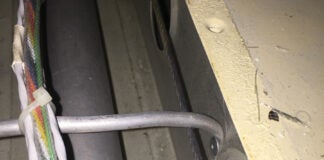

This aircraft looks a lot like the Jameson that was built but never certified by Mr. Charley Jameison in DeLand Florida. Mr. Jameison worked for me in my aircraft re-manufacture business and offered m an opportunity to take over the Jamieson aircraft design and certification… At the time I just didn’t have the funds needed to sustain my three businesses, but it was a very light aircraft and was the first to carry more weight than the a/c weighted…
JAMIESON AIRCRAFT COMPANY
DeLAND, FLORIDA
http://www.antiqueairfield.com/types/Culver/jamieson-aircraft-factory.html